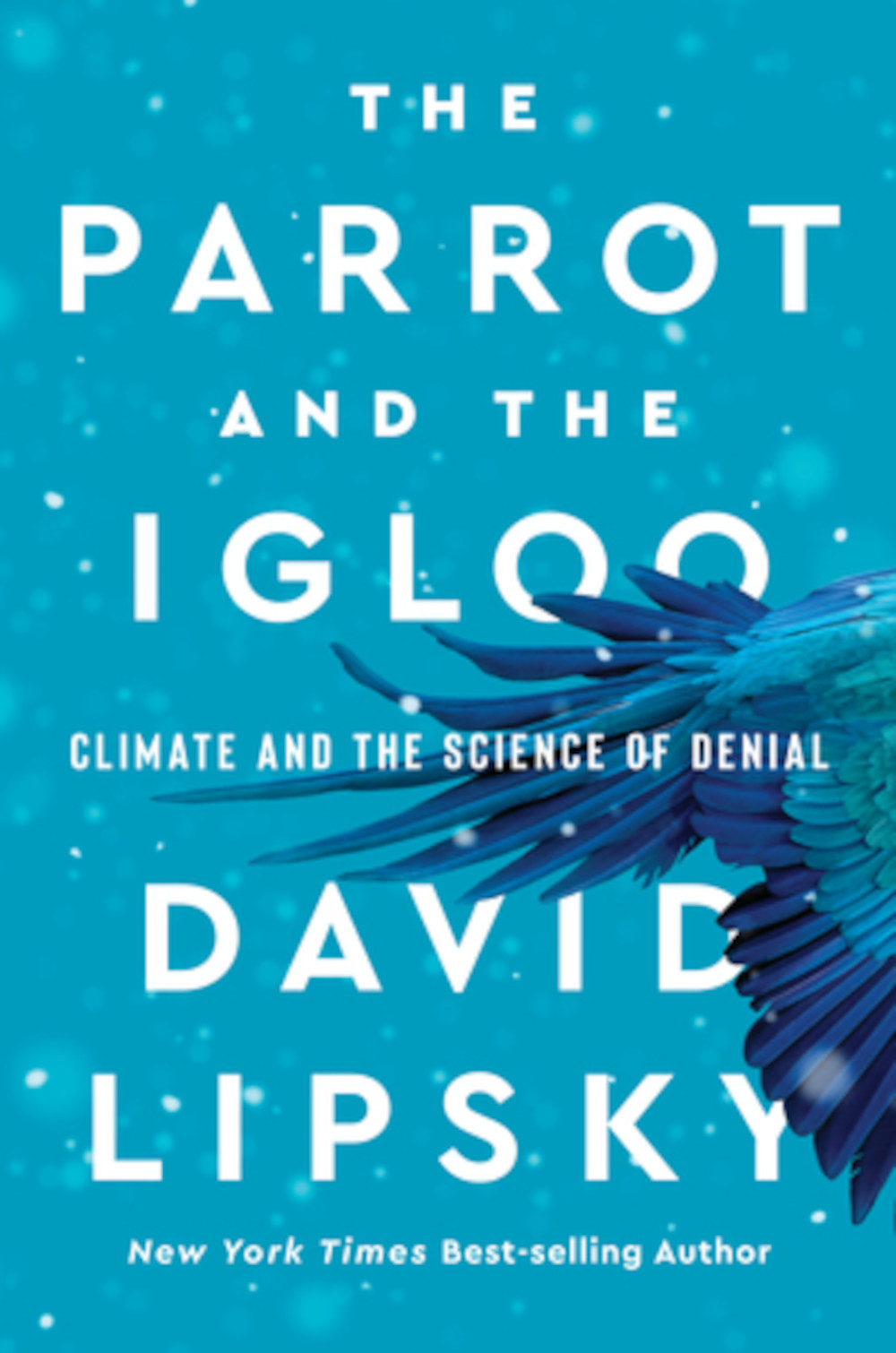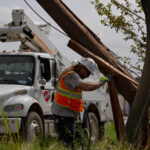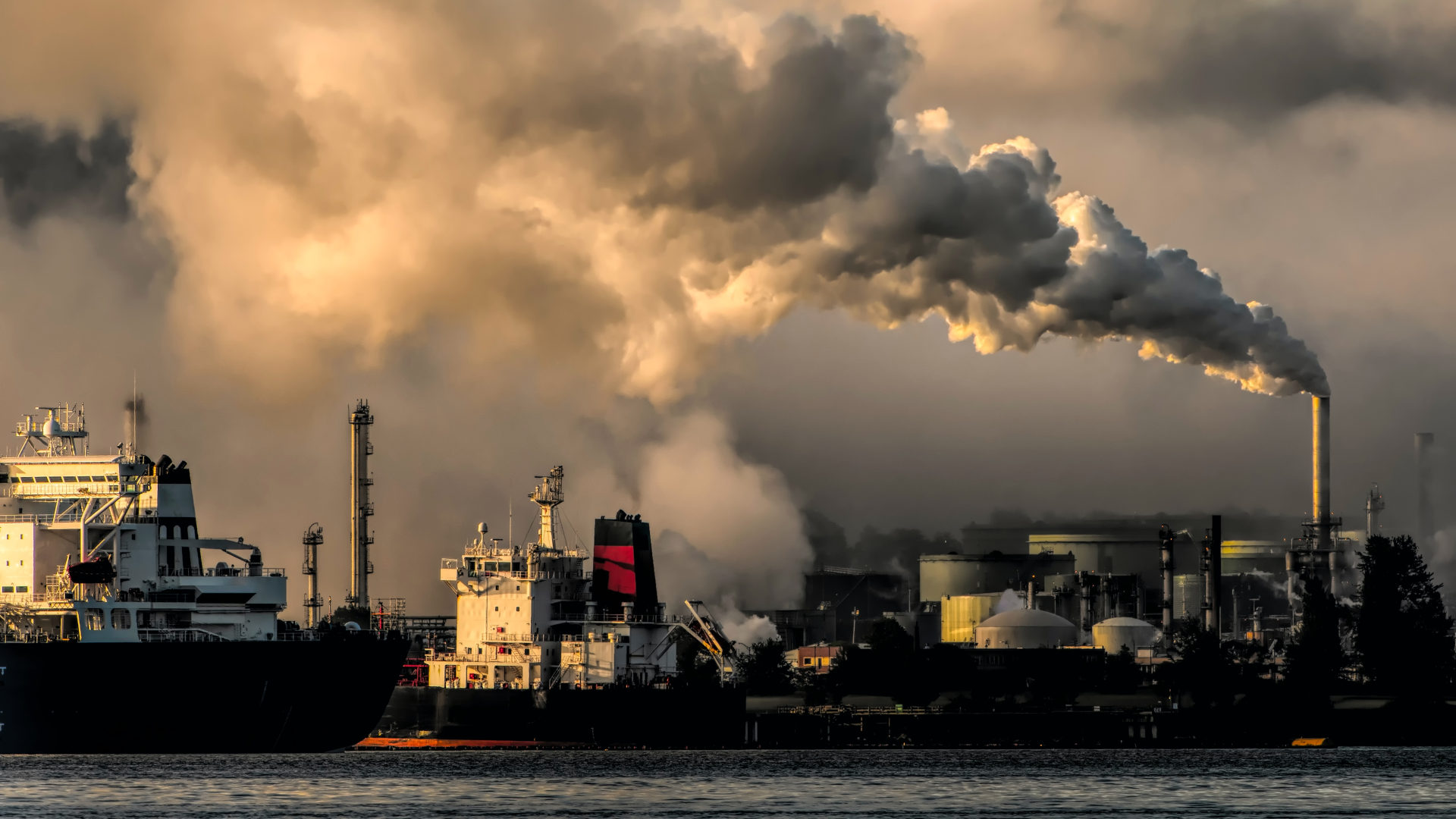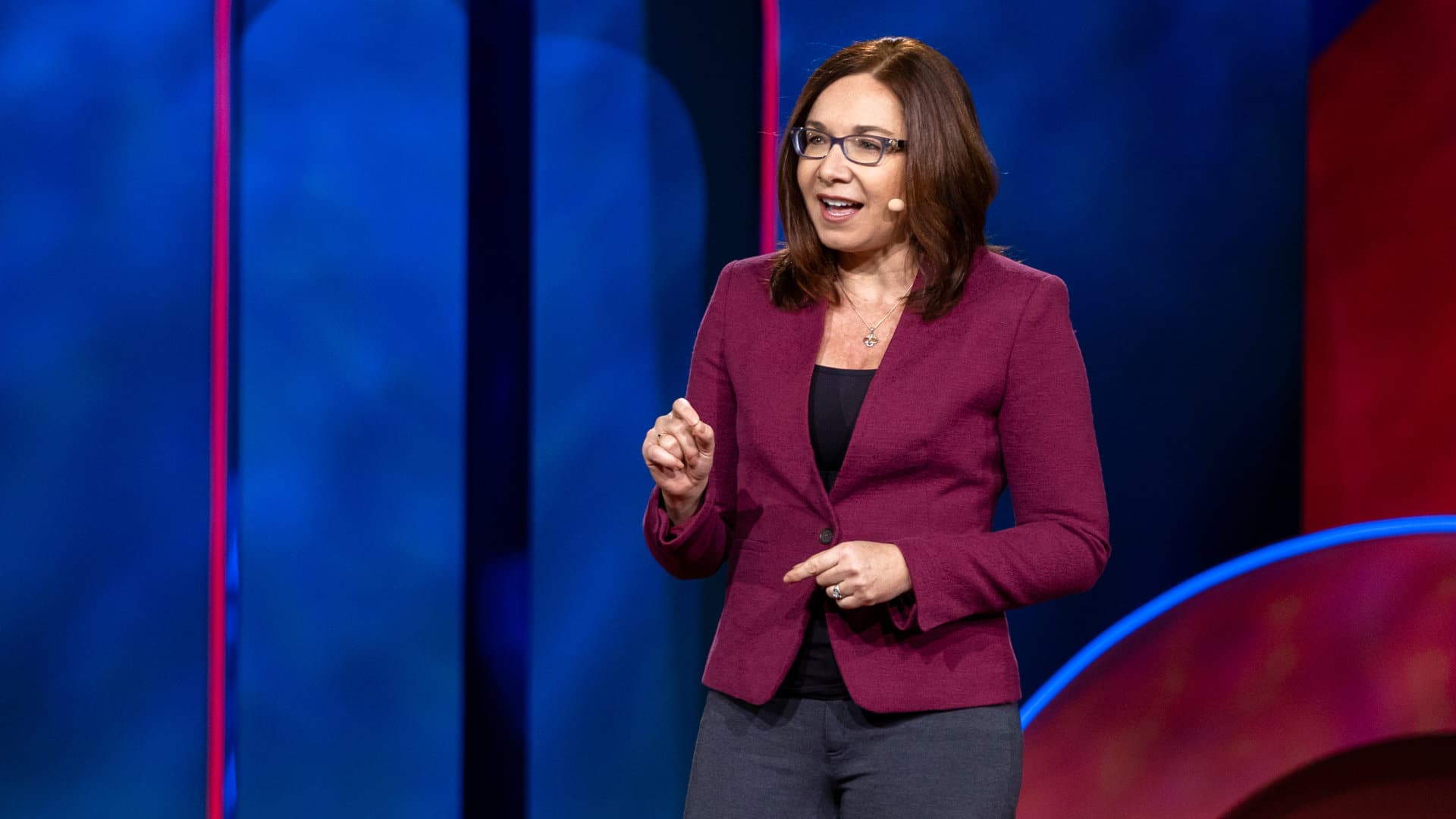David Lipsky wants to bum us out about climate change, and about the decades-long efforts by the fossil-fuel industry and its friends to blunt any action to save the planet. As if we needed any help on that front. Or maybe he wants to make us mad enough to fight.
But that’s the game plan of “The Parrot and the Igloo: Climate and Science of Denial,” his unflinching look at this vital topic.

BOOK REVIEW — “The Parrot and the Igloo: Climate and the Science of Denial,” by David Lipsky ( W. W. Norton & Company, 496 pages).
Lipsky, a long-time contributor to Rolling stone who teaches writing and literature at New York University, begins by laying out the path of climate science, from the discovery and industrial development of electricity to the subsequent discovery of the downside of all that power. First there are the 19th-century researchers who identified the greenhouse effect of carbon dioxide in the atmosphere, including Joseph Fourier and John Tyndall, and the first climate modeler, Svante Arrhenius.
Zooming toward the present, we encounter Roger Revelle, the trailblazing oceanographer who warned in 1957 that “Human beings are now carrying out a large scale geophysical experiment of a kind that could not have happened in the past nor be reproduced in the future.” There’s also James Hansen, the NASA scientist who told Congress in 1988 testimony that “the greenhouse effect has been detected, and it is changing our climate now,” and then told reporters “It is time to stop waffling so much.” It’s a whirlwind tour, and Lipsky pulls it off.
He then methodically blasts those who made careers out of pushing back: scientists like S. Fred Singer and Fred Seitz, funded by the tobacco industry to argue that secondhand smoke wasn’t dangerous and by the fossil fuel industries to deny the science of climate change, as well as denialist attention-seeking gadflies like Lord Christopher Monckton (“No credentials, no training,” Lipsky summarizes) and James Delingpole, who is credited with coining the term “climategate” about a leak of scientists’ emails that were attacked as scandalous examples of science fraud. (Multiple investigations found no dishonesty, but that tended to get lost in the shouting, as so often happens.)
He tells their stories with well-deserved snark. But he often strains to explain their alliance with their fact-twisting funders as a kind of psychological response to their own career missteps as once-promising scientists who found themselves sidelined: “Excluded from the guest list, you trash the party.” Well, OK, but they also got paid a lot — a point he discusses but seems to list as secondary to the anguish of not having the blazing career they expected. Occam’s razor, the principle that suggests the simplest solution is the correct one, would lead us to follow the money.
Just about all of these stories have been told before, in memorable books like Naomi Oreskes’ and Erik M. Conway’s “Merchants of Doubt” and Michael E. Mann’s “The New Climate War”, as well as Elizabeth Kolbert’s “Field Notes from a Catastrophe” and Spencer R. Weart’s “The Discovery of Global Warming.”
The shelf is growing heavy. What does Lipsky add? He has a fluid writing style, and a knack for translating science. The beauty of this book is that it could expose a new audience to the crimes committed in the name of continued profit; so many climate books are preaching to the choir.
But he can also slip into self-indulgence. At one point, he riffs on the names of climate scientists Gilbert Plass, Guy Stewart Callendar, and Roger Revelle, writing they have “a clunky, broadshoulder symbolism you wouldn’t accept in a book. Plass is Norwegian for public square; there’s Callendar, to remind you of the days; Revelle, with an ‘I,’ becomes a morning bugle. Spooky.”
And was it helpful to compare the complex process by which the Intergovernmental Panel on Climate Change evaluates the reliability of scientific findings to the Rotten Tomatoes film rating system? It might work for some readers, but it made me roll my eyes. Hard.
Threaded throughout the book are moments when American presidents declared that they would take action and then ended up doing little or nothing. Lipsky chalks up these failures to a lack of political will, interference by the industry-funded mythmakers, or just bad timing.
The bad-timing argument is one he leans on heavily: Every time things looked promising for action, events like economic downturns or the so-called climategate scandal would blunt the momentum. And while almost every nation ratified a major climate agreement in Paris in 2015, the next year Donald Trump won the presidency and later pulled the U.S. out of the deal.
The bad-timing focus makes for a dramatic and frustrating story. But in pursuit of this tidy narrative, he ends up downplaying the importance of the powerful forces arrayed against change, with their armies of lobbyists and bountiful campaign contributions to line up political support.
Bill Clinton, for example, was ready to take on climate change by getting Congress to pass the 1997 Kyoto Protocol before the Monica Lewinsky scandal broke. “Instead of Kyoto, emissions, ratification,” he writes, “the year’s words were Monica Lewinsky, blue dress, impeachment.” Sure, bad timing again, but there’s also a strong argument that the unified opposition to any climate agreement by Congressional Republicans — before the ink on the protocol was dry — was a bigger factor in its failure to get Senate ratification.
Later, he tells of the Obama administration’s success in passing a climate bill that would phase out household incandescent lightbulbs. Lipsky criticizes this move, saying it felt too small in the face of the enormous need for action, yet President Barack Obama’s seemingly small success in mandating more efficient lighting standards was actually big: That single sweeping change could do more for reducing emissions than improving public transit, expanding the use of electric cars, or recycling, according to the climate solutions organization Project Drawdown.
By minimizing such efforts, Lipsky seems to miss the point that even though the climate threat is great, practical solutions begin with smaller, achievable goals that can be built upon. And by the way, conservatives pushed back against the lightbulb decision and Trump tried to kill it. Nothing is easy in this business — maybe that’s the real lesson.
For such a deeply researched undertaking, the book is, at times, weirdly sloppy. Lipsky repeatedly refers to the Natural Resources Defense Council, an important environmental policy and advocacy group, as the National Resources Defense Council. It’s a common flub. But seeing it in a major book on the climate crisis is disconcerting; you wonder what else might have been missed.
In 2010, Lipsky published the bestselling “Although of Course You End Up Becoming Yourself,” about a road trip and extended interview with the writer David Foster Wallace. This, too, has clearly been a long, strange trip for him. As he nears the end, he makes a confession: “I became a very unpleasant person writing this book,” picking arguments with friends and obsessing over the horrors of what he has learned.
It’s an occupational hazard for anyone who takes on the fate of the planet as a cause. The chances of limiting global warming to 1.5 degrees Celsius are increasingly slim, and the planet is headed for more of the kinds of the climate-boosted crises seen in recent years, including longer and more intense wildfire seasons, smoky skies, more punishing floods, and more destructive hurricanes.
But that’s not the whole story.
While politicians have dawdled, technology has leaped ahead. The price of solar and wind power has plunged, and renewable energy is increasingly a part of the global energy mix. During the torments of the Texas heat dome this summer, solar power helped prevent brownouts, or worse. Scientists and journalists have gotten better at communicating the threat, and activists have filled the streets.
Meanwhile, Lipsky, who repeatedly blames cycles of bad timing for climate action, has a timing problem himself: The book doesn’t talk about the recent successes of the Biden administration in passing climate legislation – or even mention President Joe Biden, an omission that suggests these events occurred after he completed the book. A new analysis in the journal Science suggests that the Inflation Reduction Act alone will reduce emissions by as much as 48 percent by 2035 (when compared to 2005 emissions levels). Biden also rejoined the Paris Agreement.
And crucially, the chorus of climate denialists has been losing the fight for public opinion. Those Americans who dismiss climate science have been stuck for a decade at around 10 percent of the population since at least 2012, according to the Yale Program on Climate Change Communication, while the group of Americans who say that they are concerned or even alarmed about climate change has moved from about 38 percent to 53 percent.
There is still a crisis, of course. It’s still urgent. But dare we hope? The climate scientist Katharine Hayhoe talks about “rational hope,” as opposed to some pollyannish fantasy, and writes of hope as a “practice.” Yet there is precious little hope to be found in this book.
Climate “doesn’t care about politics, or experts, or warnings, and isn’t even aware there are people,” Lipsky concludes. “We have our days and lists and hours, our schedules and emergencies; but the climate keeps its own time.”
John Schwartz, a former climate change reporter for The New York Times, is a professor of journalism at the University of Texas at Austin.












Comments are automatically closed one year after article publication. Archived comments are below.
Wow! Commentary with NO facts to back it up and the names of pretend experts like Katherine Hayhoe, Michael Mann etc. This is an article for the lay who will not research the fictional “climate crisis” which is only a diversion for the elite and WEF to control the pawns and sheep in the world. The media is a useful tool for those dictators.